|
Your search criteria found 1300 images Gallery: Universe |
| My List |
Addition Date | Target | Mission |
Instrument
|
Size |

|
2013-02-05 | Orion |
Wide-field Infrared Survey Explorer (WISE) |
WISE Telescope |
5401x5400x3 |
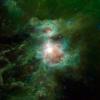
|
|||||

|
2013-03-11 |
Wide-field Infrared Survey Explorer (WISE) |
WISE Telescope |
2233x2236x3 | |
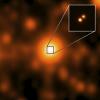
|
|||||

|
2013-04-23 |
Hubble Space Telescope Wide-field Infrared Survey Explorer (WISE) |
WISE Telescope |
4095x2842x3 | |
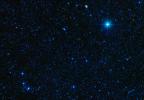
|
|||||

|
2013-05-29 |
Wide-field Infrared Survey Explorer (WISE) |
WISE Telescope |
4534x2550x3 | |
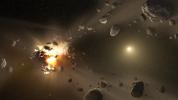
|
|||||

|
2013-10-30 |
Wide-field Infrared Survey Explorer (WISE) |
WISE Telescope |
9163x9163x3 | |
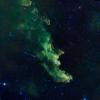
|
|||||

|
2013-11-14 |
Wide-field Infrared Survey Explorer (WISE) |
WISE Telescope |
2400x1700x3 | |
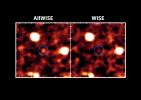
|
|||||

|
2013-12-12 |
Wide-field Infrared Survey Explorer (WISE) |
WISE Telescope |
9334x7107x3 | |
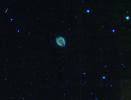
|
|||||

|
2014-01-29 |
Wide-field Infrared Survey Explorer (WISE) |
WISE Telescope |
4095x4095x3 | |
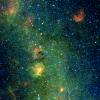
|
|||||

|
2014-05-22 |
Wide-field Infrared Survey Explorer (WISE) |
WISE Telescope |
3467x1949x3 | |
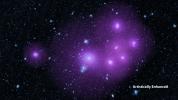
|
|||||

|
2016-04-19 |
Wide-field Infrared Survey Explorer (WISE) |
WISE Telescope |
3840x2160x3 | |
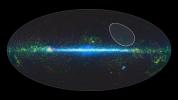
|
|||||

|
1999-12-01 | Galaxy NGC 1512 |
Hubble Space Telescope |
WFPC2 Faint Object Camera Near Infrared Camera Multi-Object Spectrometer |
600x650x3 |

|
|||||

|
1999-12-01 | Doradus Nebula |
Hubble Space Telescope |
WFPC2 |
2508x1790x3 |
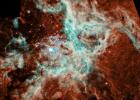
|
|||||

|
1999-12-02 | Stephan's Quintet,NGC 7319, NGC 7318B, NGC 7318A |
Hubble Space Telescope |
WFPC2 |
2400x3000x3 |

|
|||||

|
1999-12-01 | Globular cluster M22 |
Hubble Space Telescope |
WFPC2 |
514x600x3 |

|
|||||

|
1999-12-02 | Galaxy NGC 3079 |
Hubble Space Telescope |
WFPC2 |
434x434x3 |
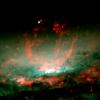
|
|||||

|
1999-12-02 | Galaxy NGC 3079 |
Hubble Space Telescope |
WFPC2 |
2329x1845x3 |
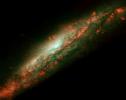
|
|||||

|
1999-12-30 | Edge-on Galaxy ESO 510 G13 |
Hubble Space Telescope |
WFPC2 |
1435x732x3 |
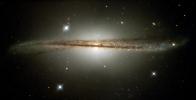
|
|||||

|
1999-12-01 | mysterious object |
Hubble Space Telescope |
WFPC2 |
3000x2400x3 |
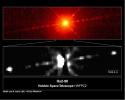
|
|||||

|
1999-12-01 | Horsehead Nebula |
Hubble Space Telescope |
WFPC2 |
853x620x3 |
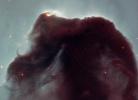
|
|||||

|
1999-12-10 | Ant nebula |
Hubble Space Telescope |
WFPC2 |
1072x708x3 |
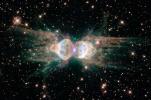
|
|||||

|
1999-12-15 | Galaxy NGC 4013 |
Hubble Space Telescope |
WFPC2 |
1041x1018x3 |
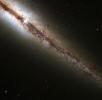
|
|||||

|
1999-12-02 | M82 Galaxy |
Hubble Space Telescope |
WFPC2 |
1487x1522x3 |

|
|||||

|
1999-12-03 | Galaxy NGC 1850 |
Hubble Space Telescope |
WFPC2 |
758x580x3 |
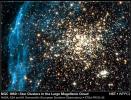
|
|||||

|
1999-12-10 | Hubble -V |
Hubble Space Telescope |
WFPC2 |
640x800x3 |

|
|||||

|
1999-12-02 | Thackeray's Globules |
Hubble Space Telescope |
WFPC2 |
1480x1498x3 |

|
|||||

|
1999-12-01 | Galaxy NGC 4622 |
Hubble Space Telescope |
WFPC2 |
853x970x3 |

|
|||||

|
1999-12-03 | N44C nebula |
Hubble Space Telescope |
WFPC2 |
1460x1502x3 |

|
|||||

|
1999-12-03 | Ghost Head Nebula |
Hubble Space Telescope |
WFPC2 |
674x674x3 |
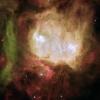
|
|||||

|
1999-12-02 | Orion Nebula |
Hubble Space Telescope |
WFPC2 |
1074x895x3 |
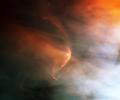
|
|||||

|
1999-12-02 | Rotten Egg Nebula |
Hubble Space Telescope |
WFPC2 |
843x794x3 |
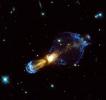
|
|||||

|
1999-12-07 | Galaxy NGC 3310 |
Hubble Space Telescope |
WFPC2 |
849x933x3 |

|
|||||

|
1999-12-04 | Whirlpool Galaxy |
Hubble Space Telescope |
WFPC2 |
648x809x3 |

|
|||||

|
1999-12-01 | Globular cluster M4 |
Hubble Space Telescope |
WFPC2 |
1100x1237x3 |

|
|||||

|
2003-02-11 | Dumbbell Nebula |
Hubble Space Telescope |
WFPC2 |
1262x750x3 |
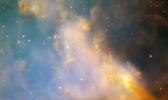
|
|||||

|
2003-05-21 |
Hubble Space Telescope |
WFPC2 |
869x444x3 | |
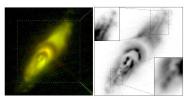
|
|||||

|
2003-05-27 |
Hubble Space Telescope |
WFPC2 |
612x792x3 | |

|
|||||

|
2003-07-03 |
Hubble Space Telescope |
WFPC2 |
2603x2783x3 | |

|
|||||

|
2004-02-03 |
Hubble Space Telescope |
WFPC2 |
1065x771x3 | |
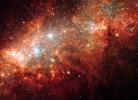
|
|||||

|
2005-12-01 | Crab Nebula |
Hubble Space Telescope |
WFPC2 |
3864x3864x3 |
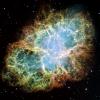
|
|||||

|
2007-02-13 |
Hubble Space Telescope |
WFPC2 |
1241x1207x3 | |
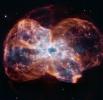
|
|||||

|
2008-04-24 |
Hubble Space Telescope |
WFPC2 |
1027x1027x3 | |

|
|||||

|
2008-04-24 |
Hubble Space Telescope |
WFPC2 |
2371x2371x3 | |
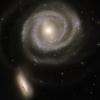
|
|||||

|
2008-04-24 |
Hubble Space Telescope |
WFPC2 |
2289x2289x3 | |
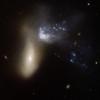
|
|||||

|
2008-04-24 |
Hubble Space Telescope |
WFPC2 |
1052x1052x3 | |
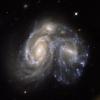
|
|||||

|
2008-04-24 |
Hubble Space Telescope |
WFPC2 |
1669x1669x3 | |
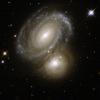
|
|||||

|
2008-04-24 |
Hubble Space Telescope |
WFPC2 |
1660x1660x3 | |
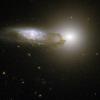
|
|||||

|
2008-04-24 |
Hubble Space Telescope |
WFPC2 |
3271x1828x3 | |
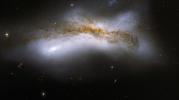
|
|||||

|
2008-04-24 |
Hubble Space Telescope |
WFPC2 |
3481x3481x3 | |
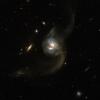
|
|||||

|
2008-04-24 |
Hubble Space Telescope |
WFPC2 |
3038x1580x3 | |
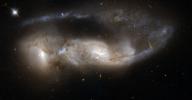
|
|||||

|
2008-08-10 |
Hubble Space Telescope |
WFPC2 |
1502x1482x3 | |
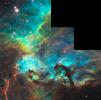
|
|||||

|
2005-11-02 |
Hubble Space Telescope |
WFPC2 |
1518x1497x3 | |
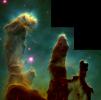
|
|||||

|
1996-01-15 |
Hubble Space Telescope |
WFPC2 |
1771x1819x3 | |

|
|||||

|
2014-01-30 |
Hubble Space Telescope |
WFPC2 |
1005x1005x3 | |
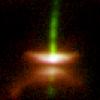
|
|||||

|
1996-01-16 |
Hubble Space Telescope |
WFPC2 |
1280x1280x3 | |
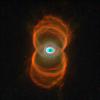
|
|||||

|
1999-01-06 |
Hubble Space Telescope |
WFPC2 |
1215x1241x3 | |

|
|||||

|
2000-02-03 |
Hubble Space Telescope |
WFPC2 |
2292x1480x3 | |
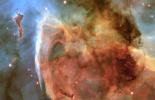
|
|||||

|
2014-09-19 |
Hubble Space Telescope |
WFPC2 |
1280x686x3 | |
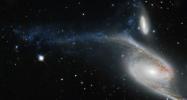
|
|||||

|
2015-02-10 |
Hubble Space Telescope |
WFPC2 |
758x748x3 | |
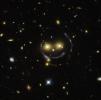
|
|||||

|
2016-01-06 |
Hubble Space Telescope |
WFPC2 |
738x726x3 | |
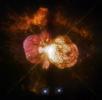
|
|||||

|
2018-12-04 |
Hubble Space Telescope |
WFC3 WFPC2 WFPC1 |
1881x627x3 | |
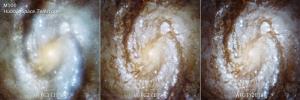
|
|||||

|
2012-03-16 |
Hubble Space Telescope |
WFC3 |
1057x528x3 | |
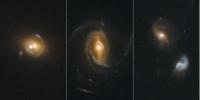
|
|||||

|
2012-06-19 |
Hubble Space Telescope |
WFC3 |
761x761x3 | |
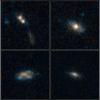
|
|||||

|
2013-04-19 |
Hubble Space Telescope |
WFC3 |
2704x2826x3 | |

|
|||||

|
2010-04-22 |
Hubble Space Telescope |
WFC3 |
2104x1937x3 | |
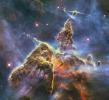
|
|||||

|
2020-01-08 |
Hubble Space Telescope |
WFC3 |
1920x1280x3 | |
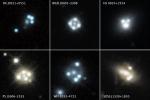
|
|||||

|
2015-12-03 |
Hubble Space Telescope Spitzer Space Telescope |
WFC3 |
4169x4633x3 | |

|
|||||

|
2005-05-05 |
Hubble Space Telescope |
Visible Light |
3000x1681x3 | |
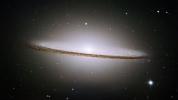
|
|||||

|
1996-09-13 | Sol (our sun) |
Voyager |
VG ISS - Wide Angle |
3430x2650x3 |
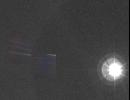
|
|||||

|
1996-09-13 | Sol (our sun) |
Voyager |
VG ISS - Wide Angle |
4000x1200x3 |

|
|||||

|
1999-08-08 | 1989N2 |
Voyager |
VG ISS - Narrow Angle |
635x315x1 |
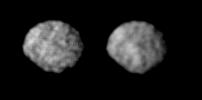
|
|||||

|
2013-09-12 | Sol (our sun) |
Voyager |
Very Long Baseline Array |
512x512x3 |
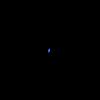
|
|||||

|
2013-11-14 |
Spitzer Space Telescope Wide-field Infrared Survey Explorer (WISE) |
Very Large Array (VLA) |
2030x1200x3 | |
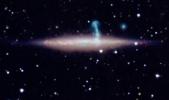
|
|||||

|
2017-05-10 |
Hubble Space Telescope XMM-Newton Chandra X-ray Observatory Spitzer Space Telescope |
Very Large Array (VLA) |
1296x1024x3 | |
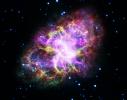
|
|||||

|
2005-04-11 | NGC 300 |
Galaxy Evolution Explorer (GALEX) |
Ultraviolet/Visible Camera |
1273x967x3 |
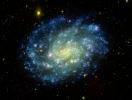
|
|||||

|
2005-07-25 | NGC 4625 |
Galaxy Evolution Explorer (GALEX) |
Ultraviolet/Visible Camera |
872x872x3 |
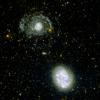
|
|||||

|
2005-07-25 | NGC 4625 |
Galaxy Evolution Explorer (GALEX) |
Ultraviolet/Visible Camera |
872x872x3 |
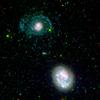
|
|||||

|
2005-07-25 | NGC 4625 |
Galaxy Evolution Explorer (GALEX) |
Ultraviolet/Visible Camera |
872x872x3 |
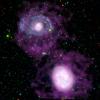
|
|||||

|
2007-08-15 | Mira |
Galaxy Evolution Explorer (GALEX) |
Ultraviolet/Visible Camera |
6000x1500x3 |

|
|||||

|
2007-08-15 | Mira |
Galaxy Evolution Explorer (GALEX) |
Ultraviolet/Visible Camera |
1569x800x3 |
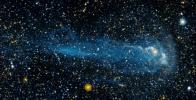
|
|||||

|
2007-08-15 | Mira |
Galaxy Evolution Explorer (GALEX) |
Ultraviolet/Visible Camera |
717x478x3 |
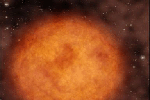
|
|||||

|
2007-08-15 | Mira |
Galaxy Evolution Explorer (GALEX) |
Ultraviolet/Visible Camera |
1569x1600x3 |

|
|||||

|
2007-11-14 |
Galaxy Evolution Explorer (GALEX) |
Ultraviolet/Visible Camera |
1333x1063x3 | |
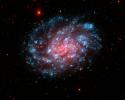
|
|||||

|
2007-11-14 |
Galaxy Evolution Explorer (GALEX) |
Ultraviolet/Visible Camera |
1012x1012x3 | |
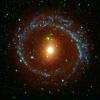
|
|||||

|
2007-11-14 |
Galaxy Evolution Explorer (GALEX) |
Ultraviolet/Visible Camera |
1122x1122x3 | |
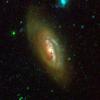
|
|||||

|
2007-11-14 |
Galaxy Evolution Explorer (GALEX) |
Ultraviolet/Visible Camera |
1200x1200x3 | |
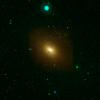
|
|||||

|
2008-10-31 |
Galaxy Evolution Explorer (GALEX) |
Ultraviolet/Visible Camera |
5400x2700x3 | |
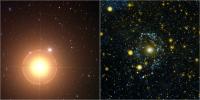
|
|||||

|
2009-04-03 | NGC 3242 |
Galaxy Evolution Explorer (GALEX) |
Ultraviolet/Visible Camera |
2240x2240x3 |
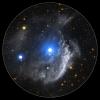
|
|||||

|
2009-04-28 | M33 |
Galaxy Evolution Explorer (GALEX) Spitzer Space Telescope |
Ultraviolet/Visible Camera |
2228x3462x3 |

|
|||||

|
2009-04-28 | M33 |
Galaxy Evolution Explorer (GALEX) Spitzer Space Telescope |
Ultraviolet/Visible Camera |
2228x3462x3 |

|
|||||

|
2009-04-28 | M33 |
Galaxy Evolution Explorer (GALEX) Spitzer Space Telescope |
Ultraviolet/Visible Camera |
4402x4402x3 |
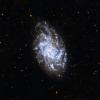
|
|||||

|
2010-06-17 |
Galaxy Evolution Explorer (GALEX) |
Ultraviolet/Visible Camera |
3790x1890x3 | |
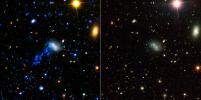
|
|||||

|
2010-08-11 |
Galaxy Evolution Explorer (GALEX) Hubble Space Telescope |
Ultraviolet/Visible Camera |
2400x1600x3 | |
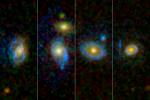
|
|||||

|
2011-04-21 |
Galaxy Evolution Explorer (GALEX) |
Ultraviolet/Visible Camera |
2004x1004x3 | |
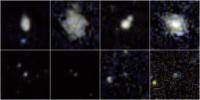
|
|||||

|
2012-03-22 |
Galaxy Evolution Explorer (GALEX) |
Ultraviolet/Visible Camera |
6000x6000x3 | |
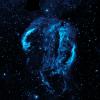
|
|||||

|
2012-05-16 | M31 |
Galaxy Evolution Explorer (GALEX) |
Ultraviolet/Visible Camera |
9400x7000x3 |
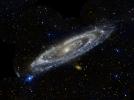
|
|||||

|
2012-05-16 | CW Leo |
Galaxy Evolution Explorer (GALEX) |
Ultraviolet/Visible Camera |
8000x5000x3 |
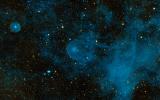
|
|||||

|
2012-05-16 | Helix Nebula |
Galaxy Evolution Explorer (GALEX) |
Ultraviolet/Visible Camera |
2920x2920x3 |
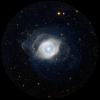
|
|||||

|
1999-12-01 |
Two Micron All Sky Survey (2MASS) |
Two Micron All Sky Survey (2MASS) |
2425x1498x3 | |
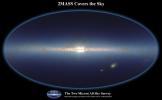
|
|||||

|
1999-12-09 | Antennae or Ring Tail galaxies |
Two Micron All Sky Survey (2MASS) |
Two Micron All Sky Survey (2MASS) |
456x586x3 |

|
|||||

|
1999-12-02 | Coma cluster |
Two Micron All Sky Survey (2MASS) |
Two Micron All Sky Survey (2MASS) |
2106x2249x3 |

|
|||||

|
 |
 |
 |
 |
 |
 |
 |
 |
 |
 |

|
| 1-100 | 101-200 | 201-300 | 301-400 | 401-500 | 501-600 | 601-700 | 701-800 | 801-900 | 901-1000 |
| Currently displaying images: 101 - 200 of 1300 |